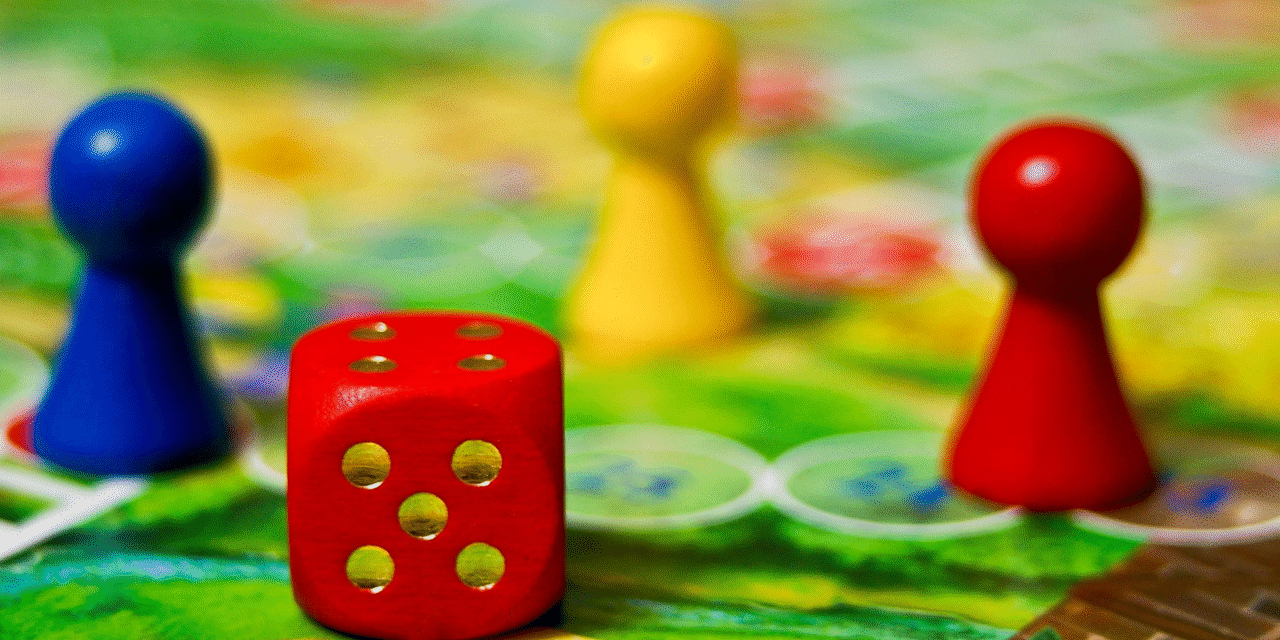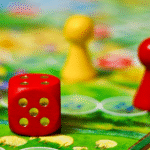Satta Matka is one of the most talked-about betting games in India, with deep roots in the country’s gambling history. Among its variants, Kalyan Matka holds a prominent place due to its legacy, popularity, and regular gameplay. While the game remains controversial due to its illegal status, it’s important to understand its origin, how it works, and its cultural relevance.
What is Satta Matka?
Satta Matka is a form of lottery-style gambling that started in the 1960s. Originally, it involved betting on the opening and closing rates of cotton transmitted from the New York Cotton Exchange to the Bombay Cotton Exchange. Over time, that system evolved into a more number-based format involving cards and random number drawing.
Origin of Kalyan Matka
The Kalyan Matka was introduced by a businessman named Kalyanji Bhagat in 1962. Unlike other forms of Matka that operated only on weekdays, Kalyan Matka initially ran every day of the week, making it accessible to a wider audience. The game quickly gained popularity among the working class due to its simple rules and low entry cost.
Later, another version called Worli Matka was launched by Rattan Khatri, who brought more structure and credibility to the game. Both Kalyan and Worli became major hubs for Matka activity in Mumbai and nearby regions.
How Kalyan Matka Works
This section is for educational purposes only. Gambling is illegal in many parts of India and can have legal consequences.
Here’s a basic overview of how the game is played:
-
Numbers from 0 to 9 are used.
-
Players choose three numbers (e.g., 2, 4, 6).
-
These numbers are added (2+4+6 = 12), and the last digit of the sum is considered (2).
-
So the “open” result is: 2, 4, 6 — 2
-
The player then picks another three numbers for the “close” result.
-
A similar process follows to derive the “close” number.
The final format looks like:
Open Result: 2, 4, 6 — 2
Close Result: 3, 5, 1 — 9
Final Matka Number: 246-2 X 351-9
There are also various types of bets, such as single, Jodi (pair), panna (three digits), and more.
Legal Status in India
Satta Matka, including Kalyan Matka, is illegal under the Public Gambling Act of 1867 in most parts of India. Despite this, underground operations and online betting platforms continue to attract thousands of players.
In contrast, government-regulated lotteries and certain types of betting (like horse racing) are legal in some Indian states under specific regulations.
Social and Economic Impact
While some view Satta Matka as harmless entertainment, others argue that it has serious consequences, including:
-
Financial loss and debt
-
Family disputes and social problems
-
Criminal involvement in betting syndicates
-
Exploitation of low-income communities
There are also stories of people losing their life savings, getting caught in addiction, or being lured into illegal activities due to Satta-related debts.
The Online Shift
With the rise of the internet, Satta Matka has found a new platform. Many websites and apps host online Matka games, often disguised as number-based games or astrology predictions. Authorities have started cracking down on such platforms, but regulation is still inconsistent.
Final Thoughts
Kalyan Matka remains a significant part of India’s underground gambling history. Whether viewed as a traditional game or a social problem, its influence is undeniable. The key takeaway is to be aware, stay informed, and understand both the legal and ethical implications before engaging in any kind of gambling activity.
If you’re seeking entertainment or thrills, there are many legal and safe alternatives, like board games, fantasy sports (in legal states), or financial games that don’t put your money or freedom at risk.
Millennials are driving the board games revival
Understanding the Different Types of Cows: A Guide for Beginners






